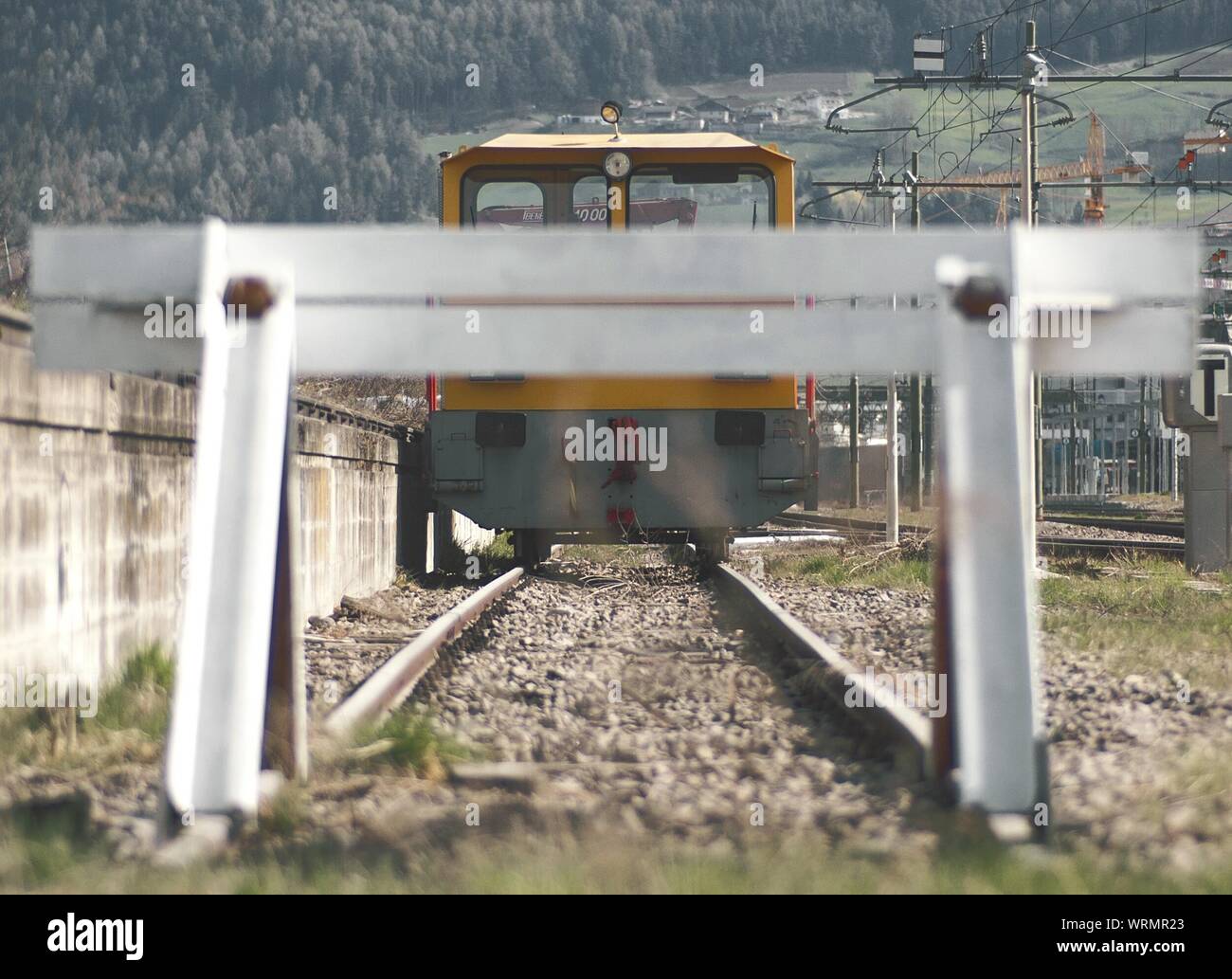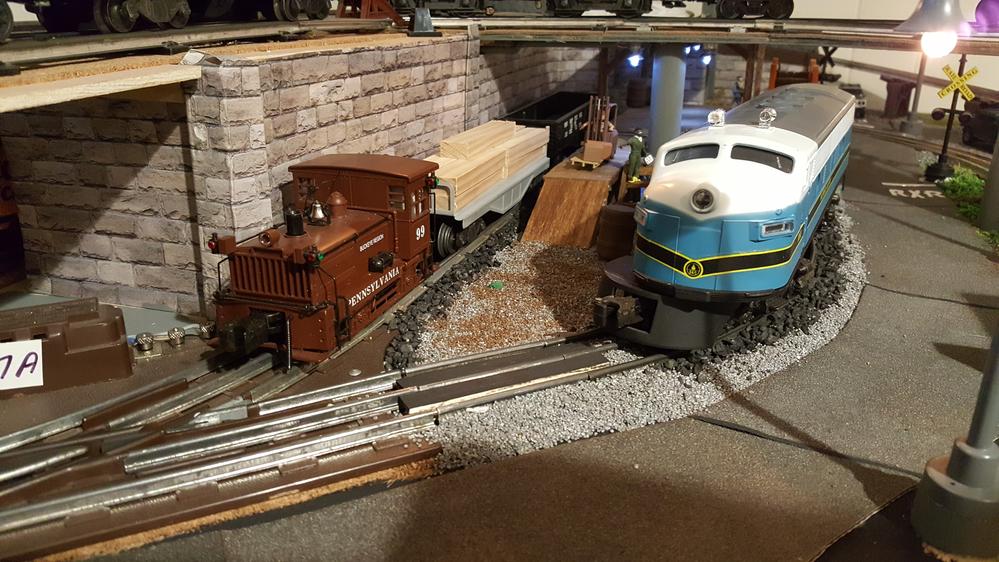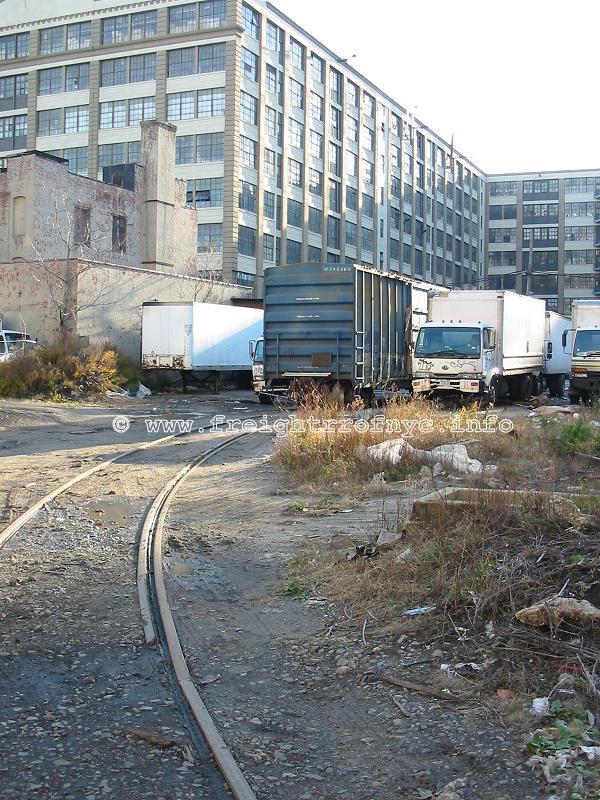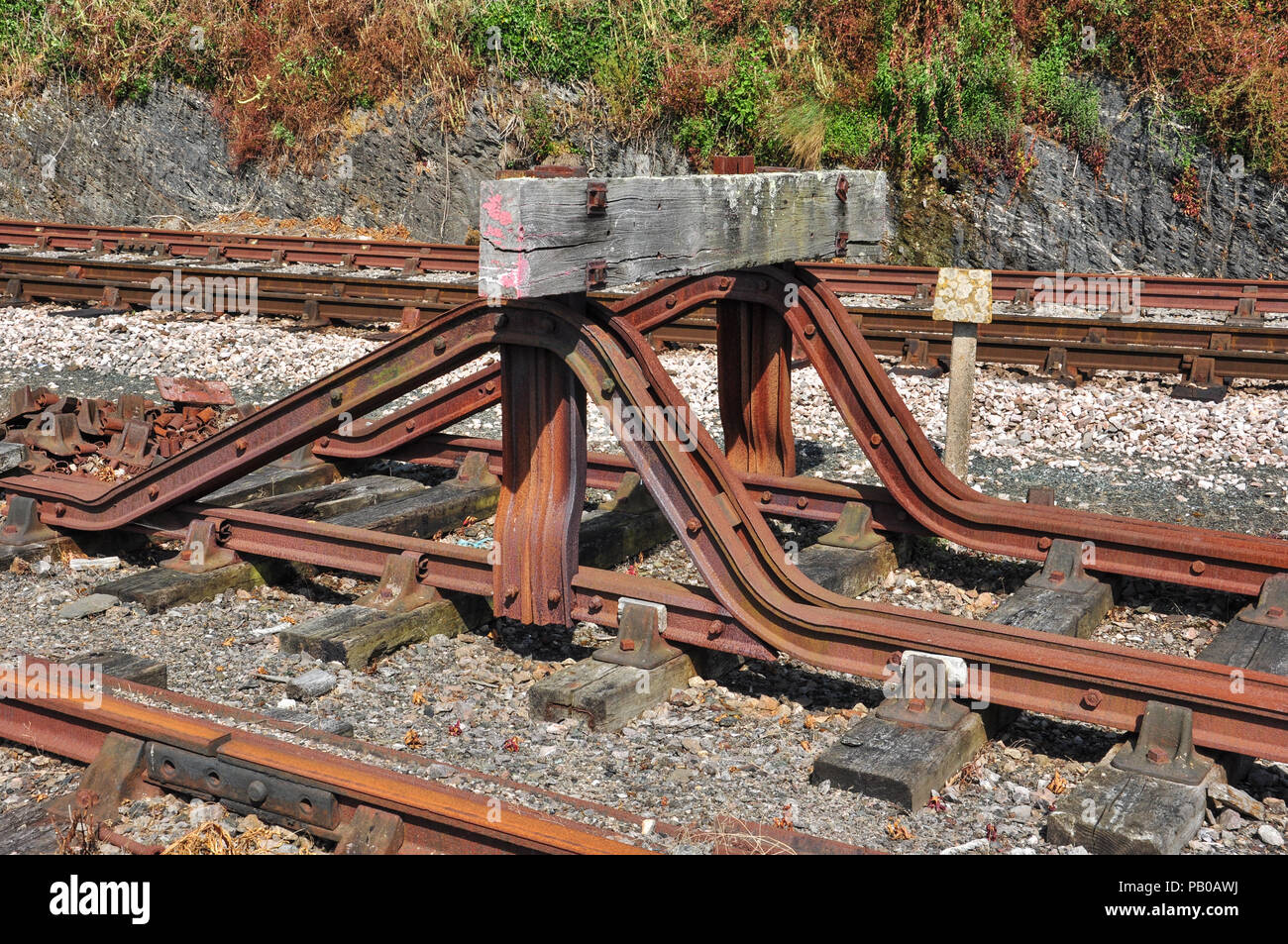End Of Siding Bumper Railroad

Western cullen hayes bumping posts are designed to stop unauthorized movement of a railroad car beyond the rail end and to protect property personnel lading and equipment from damage.
End of siding bumper railroad. Above top of rail. For longer trains and frequently used side tracks. Customer can install middle rails for added strength. 4 high x.
The design of the buffer stop is dependent in part on the kind of couplings that the railway uses since the coupling gear is the first part of the vehicle that the buffer stop touches. Chock other end of car with a conventional wheel chock. They also improve operating efficiencies by providing a positive stop against which train crews can switch while operating under standard procedure. Bright yellow train buffer stop or bumper at the end of a railway track.
Working station object with warning sign on isolated background railway siding buffer in monochrome. Right rail skid is pictured at left. This is a photo of a prototype track bumper on a siding in gainesville georgia. Roll car onto skid and apply brake.
A buffer stop or bumper is a device to prevent railway vehicles from going past the end of a physical section of track. Lip on one side of skid is removed for seating on flush rail. I agree that the prototype bumper has a flat front brace rather than the round brace on the walthers model but i don t see that it would change the strength of the bumper and its ability to stop a railcar. Low clearance 4 in.
Hinged lockable holder bolts to base of rail. Railroad dead end siding. Save your bumping post from unnecessary damage from accidental ramming as a cut of cars is switched into the siding. A siding in rail terminology is a low speed track section distinct from a running line or through route such as a main line or branch line or spur it may connect to through track or to other sidings at either end.
Avoid contact between rail car being moved and nearby parked rail cars. Leave 3 to 4 ties worth of rail length behind post. Building is angled in it s position from the street position that gives it away it once had a rail siding into it. The design of the buffer stop is dependent in part upon the kind of couplings that the railway uses since the coupling gear is the first part of the vehicle that the buffer stop touches.
Sidings often have lighter rails meant for lower speed or less heavy traffic and few if any signals. Provide additional stopping protection if wheel chocks brake can t hold car steady. Skids are furnished as either left rail or right rail as viewed from the handle end of the skid. For car storage tracks and lightly used loading tracks.
I note here in town an end of track bumper still in place and no railroad even exists there anymore must be a short piece of track covered with ground that still keeps the bumper in place. Provide ample distance between stops and car.














































